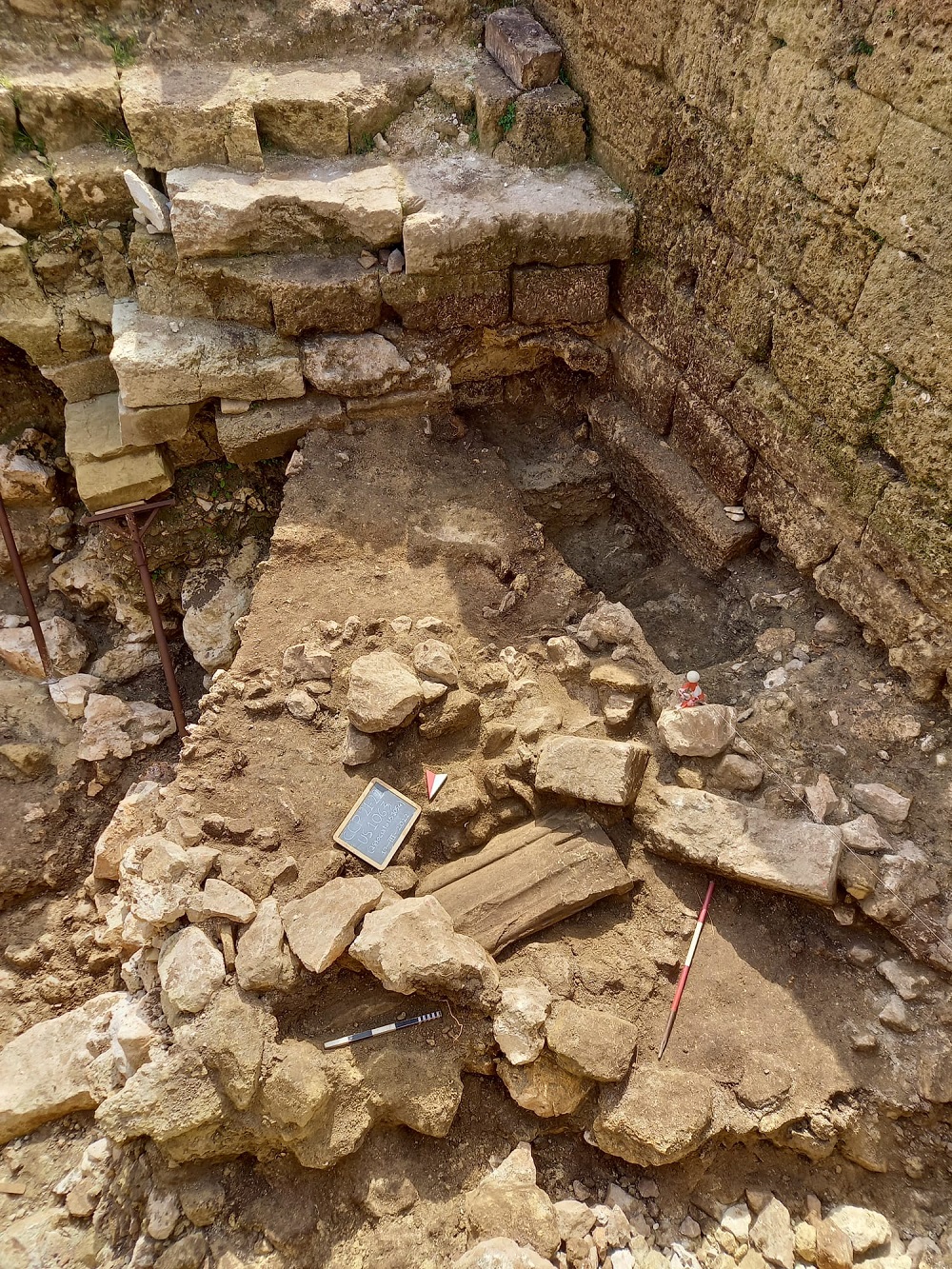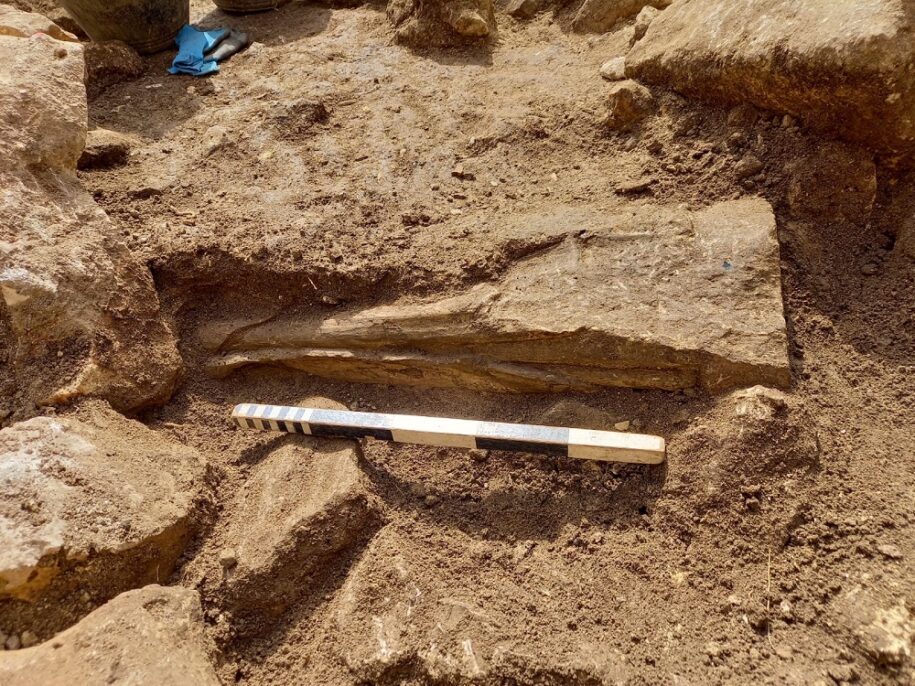The excavation activity of the 2021-2022 campaign, developed in the locality of Capanne a Castro, has brought to light some new discoveries.
The set of excavations “took place under the direction of Francesco D’Andria, thanks to private funding insured by prof. Francesco De Sio Lazzari and the Inner Wheel Leuca-Tricase Club.
The excavations made it possible to remove, with a stratigraphic method, the soil of the large colmata that was hiding the block walls, incorporated into the fortifications created by the Romans in the first half of the second century. BC.
The excavation brought to light ten rows of the terracing wall supporting the vast esplanade: in this area stood the buildings of the Sanctuary of Athen, built in the second half of the 4th century. BC.
Inside the various filling castings, hundreds of finds belonging to the famous place of worship had been built: of particular importance are the fragments of architectural elements in limestone, which make it possible to reconstruct the elevation of some Doric order chapels.
A female name, Nioba, appears graffitied in Greek on a block.
It is not a signature: maybe one of the sculptors from the city of the two seas had traced the name of his distant beloved in the stone.
Nioba is a famous name in Greek mythology, in which the final alpha indicates that the author of the inscription was speaking the Doric dialect of Taranto.
This time, other inscriptions made in the Messapian language appeared painted on the walls of vases offered to the goddess. These inscriptions bear the appellative of Hazzava or the one who gives a libation. This name is associated with the term Tina which appears on other engravings. In the ancient language of Salento, it seems to refer to the form of the name Athena.
On 18 March, the excavation campaign saw the happiest conclusion of the works with the discovery of the lower part of the colossal statue of Athena.
The statue, attributable to sculptors from Taranto, is built in Lecce stone. Its creation dates back to the second half of the 4th century. BC adheres perfectly to the bust found in 2015.
The fragment of the drapery and the left foot found three years ago is now recomposed. It allows us to significantly complete the largest Greek statue ever discovered in Magna Graecia and Sicily.
Only the acroliths, wooden cult statues with heads, hands, and feet in marble, could have similar dimensions. However, only few heads and fragments of the marble limbs of the acroliths survive. The rest of the sculptures, made of wood, have been destroyed by time.
Thanks to this new discovery, the MAR of Castro collection of original works of Greek sculpture reaches the number of about 20 specimens in marble and limestone (Lecce stone).
The collection has extraordinary stylistic qualities, such as the exceptional dimensions of the statue of Athena and the reliefs with floral scrapers “inhabited” by human and animal figures.
This way, the MAR of Castro stands as the second museum in Puglia, immediately after the MaRTA, of Taranto, due to the presence of works of Greek sculpture.
Francesco D’Andria


